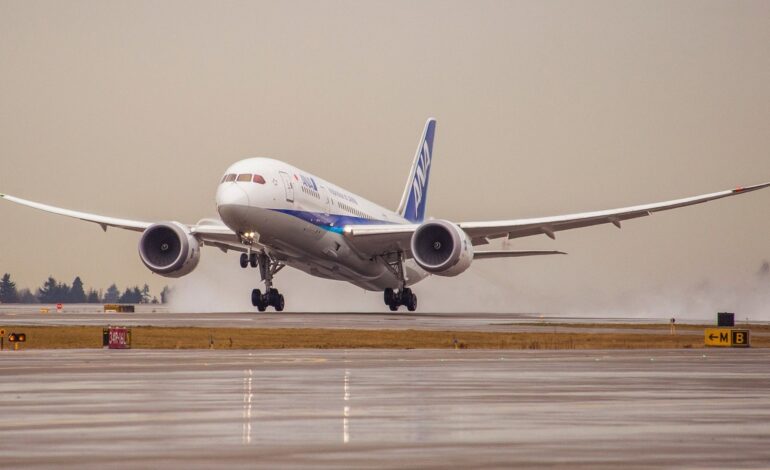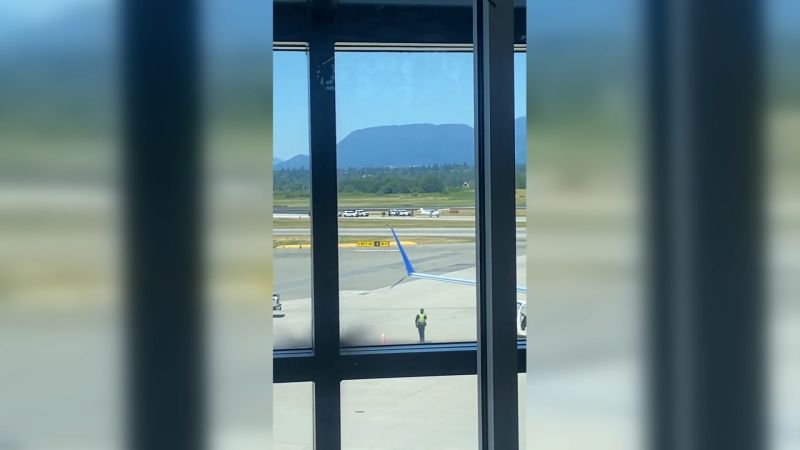Boeing 787 Dreamliner: A Game-Changer for Airlines and Passengers

The Boeing 787 Dreamliner has transformed the aviation industry since its introduction, providing airlines with a highly efficient aircraft that also enhances passenger comfort. Launched in 2004 and entering service in October 2011, the Dreamliner has been heralded as a breakthrough in long-haul travel, combining advanced technology with a focus on passenger experience.
Fuel Efficiency and Operational Advantages
Airlines are drawn to the Boeing 787 primarily due to its exceptional fuel efficiency. Compared to older models like the Boeing 767, the Dreamliner uses 25% less fuel and boasts a noise footprint that is 60% smaller. This efficiency translates to reduced operational costs, making the aircraft an attractive option for airlines looking to expand their fleets and trial new routes. Since its entry into service, the 787 has launched 425 new direct routes, allowing airlines to tap into previously underserved markets.
The aircraft’s lightweight design, predominantly made from carbon fiber composites, allows it to perform better than larger jets like the Airbus A380 while operating from a greater number of airports. The Dreamliner can accommodate between 248 and 336 passengers depending on the variant, making it ideal for long-haul flights without requiring extensive airport infrastructure.
Passenger Comfort Redefined
Passengers and crew alike appreciate the Dreamliner for its spacious and quiet cabin. The aircraft features larger windows and overhead lockers, enhancing the overall flying experience. The cabin altitude is set at 6,000 feet, significantly lower than the standard 8,000 feet, which helps to alleviate fatigue and reduce the symptoms of dehydration common on long flights.
The advanced air conditioning system, utilizing outside air and advanced compressors, improves humidity levels within the cabin. This innovation contributes to a healthier environment, minimizing headaches and swelling during flights. As a result, passengers often arrive at their destinations feeling more refreshed.
Pilots also enjoy the Dreamliner’s cockpit, which features adjustable seating and customizable technology, easing the transition for those operating a mixed fleet of Boeing aircraft. The aircraft’s design not only enhances performance but also promotes a more sociable and enjoyable working atmosphere for cabin crew, who often prefer serving on the 787 compared to larger aircraft.
The Dreamliner’s development began under the name “Project Yellowstone” in 2001, with a vision for a lightweight aircraft that could burn 20% less fuel than its predecessors. Following extensive consultations with prospective customers, All Nippon Airways (ANA) placed the largest launch order in Boeing’s history, committing to 50 aircraft valued at $6 billion in April 2004.
As of August 2025, over 1,215 Dreamliners have been built, making it the most popular widebody aircraft on the market. The 787 competes with Airbus models such as the A330neo, A350, and A380, while also complementing the Boeing 777. Boeing anticipates completing an average of seven Dreamliners per month, aiming for a total of 84 units by the end of 2025.
Environmental Considerations and Future Outlook
The Boeing 787 Dreamliner is not only a commercial success but also aligns with airlines’ sustainability goals. Its composite materials can be recycled at the end of the aircraft’s service life, potentially allowing for 94% of its total weight to be processed and reused. This focus on sustainability is essential as airlines navigate increasing environmental regulations and consumer demand for greener travel options.
In the competitive landscape of commercial aviation, the 787 has proven to be a valuable asset for airlines aiming to reduce costs while enhancing passenger comfort. Its innovative design and operational advantages continue to set a benchmark for future aircraft development.
As the aviation industry looks forward, the Boeing 787 Dreamliner stands as a testament to the potential of modern aviation technology, having transported over one billion passengers and completed more than five million flights since its debut. With its blend of efficiency, comfort, and eco-friendliness, the Dreamliner is well-positioned to remain a favorite among airlines and travelers alike for years to come.






